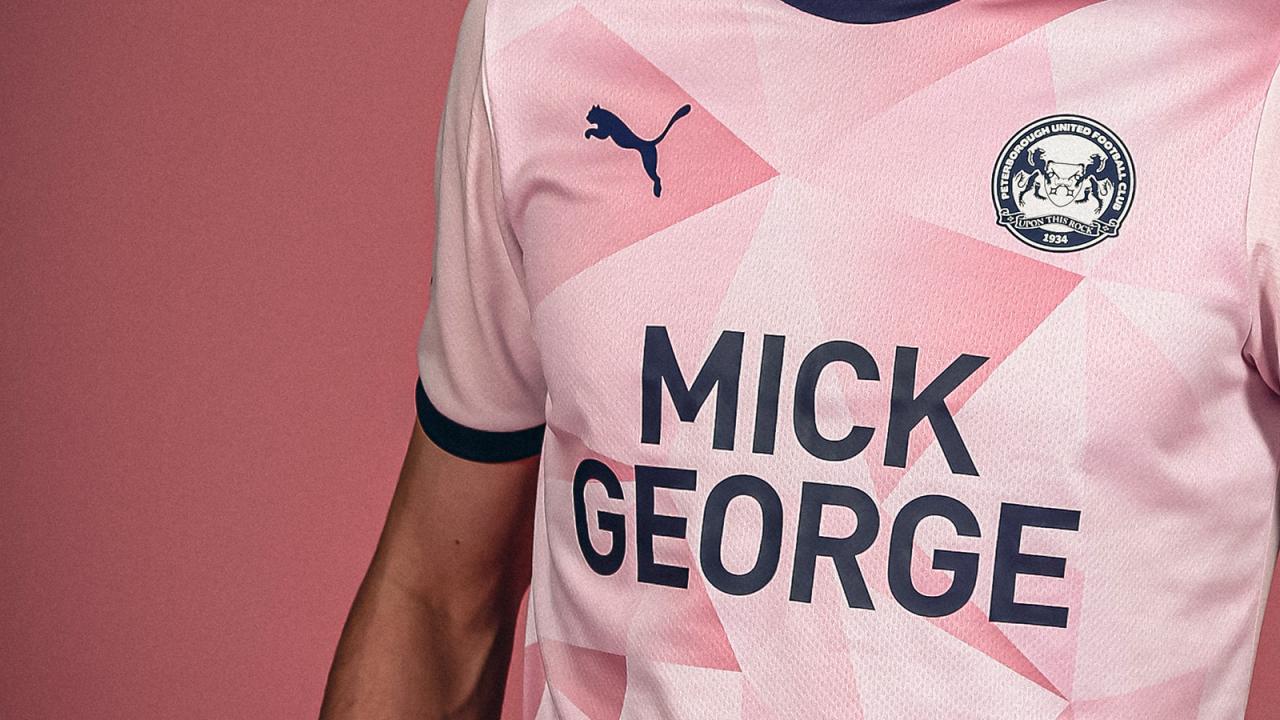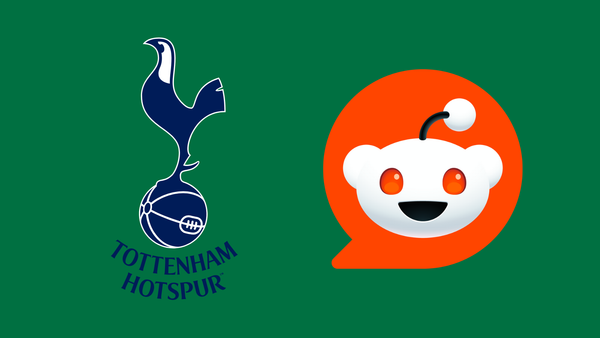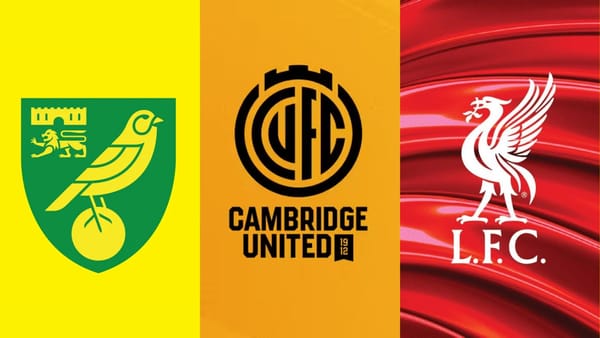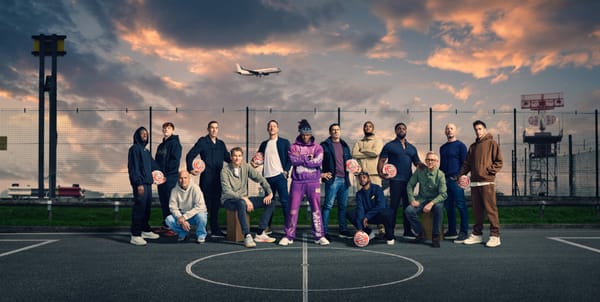How football clubs are using behavioural science to sell season tickets and kits
A look at how clubs are using behavioural science in their campaigns to sell season tickets and kits.

For teams that run a winter season, it's the time of year where fans can renew season tickets and purchase next season's kits. These are often the busiest times for marketing departments, as campaigns which have been months in the planning finally go live.
I thought it would be good to look at some of the campaigns football clubs are running this summer to explain the techniques they're using through the lens of behavioural science.
What is behavioural science?
Behavioural sciences are studies of people and animals to find out what influences them to make certain decisions. Studies cover psychology, psychobiology, anthropology, economics, and cognitive science. In recent years, these have been applied to advertising and marketing to influence customers to do certain things or buy certain products.
You can probably already see how useful these can be.
In this piece I'm going to specifically look at three of the main ones (there are loads):
- Social proof.
- The pennies a day effect.
- The Ikea effect.
Let's make a start.
Social proof
Social proof is the idea that we copy what other people do. It's where "safety in numbers" comes from. If lots of people are doing something, then surely it's worth doing.
Social media sites use this all the time. How many times have you visited a profile online, or looked at a website, and seen a list of the number of your friends who either already follow a profile or have visited a location before? That's social proof in action.
It's linked to conformity. If we're faced with a decision to make and we're unsure what to do, we'll see what others have done. We assume that other people are making the right choices, so we follow them.
This is used in advertising all the time. Any advert with real people talking to the camera about their experiences with a company can be used as an example. Even something as simple as using photos of people can influence behaviour, as we can see for ourselves that people have done something.
It's a technique that's widely used across football. Here are some examples of clubs I've seen using it recently.
The new away shirt has proved popular with supporters both in-store and online.
— Peterborough United (@theposh) June 5, 2023
A shout out to all the staff in @PoshClubShop for all their hard work.#pufc
This post from Peterborough is great. We've got photos of a diverse range of happy, smiling people with their new shirts. There's also a shot of someone actually buying it.
We can see for ourselves that the shirt is selling. The message is simple: everyone's buying it, so why aren't you?
17/18: 4️⃣0️⃣7️⃣2️⃣
— Exeter City FC (@OfficialECFC) June 8, 2023
18/19: 4️⃣3️⃣4️⃣3️⃣
19/20: 4️⃣8️⃣4️⃣7️⃣
21/22: 5️⃣3️⃣1️⃣2️⃣
22/23: 6️⃣8️⃣4️⃣6️⃣
23/24: ❓
We're a club on an upward trajectory with attendance figures to prove it. Join The Club on our journey with a 2️⃣0️⃣2️⃣3️⃣/2️⃣4️⃣ Season Ticket 👉 https://t.co/qw9LpUzj0A#ECFC #OneGrecianGoal pic.twitter.com/TdaA6yLgnF
A lot of clubs are posting figures around season ticket sales. There are examples of them saying things like "more than 2,000" have been sold. While that's a good starting point for social proof, research shows that people are more likely to remember and believe figures that are specific rather than generalised.
That's why I like the Exeter example above. They don't have round numbers, they give us the specific figures for each season. That's a more powerful driver as we're used to seeing things like "20% increase". They're used a lot, and they're less effective and memorable as a result.
Good to see @officialcufc engaging in a bit of social proof too. The more in-demand you make something look, the more demand you generate.
— Scott at The Online Rule (@OnlineRule) June 5, 2023
"Look at all our renewals!" pic.twitter.com/H0yA23fTpW
A final example, this time from Carlisle United.
They haven't just told us lots of people have renewed their season tickets, they're actively promoting the people who have said it. These messages are a lot more effective when they come from customers themselves. It's great word of mouth, and provides evidence for what we're backing up.
Using social proof in your campaigns
A couple of takeaways on social proof:
- Promote the behaviour you want to encourage.
- Use pictures and videos of people.
- Give precise figures.
- Be as authentic as you can.
The pennies a day effect
Season tickets are expensive. You're talking potentially hundreds of pounds that fans need to spend on an annual basis. Changing the way the price is presented to people can have an impact on whether they commit. Psychologists call this "temporal reframing".
Rather than leading with the big, scary headline figure, break it down into a more manageable amount. It's not "£400 a season", it's "£9.50 a game". These smaller figures are more palatable for customers, so there's more chance they'll be convinced to commit. It explains the rise of interest free and monthly credit purchases - we're happier to pay a smaller amount more frequently, rather than large amounts all at once.
🎟️ Less than three weeks remain before our deadline for 2023/24 Season Card sales...#ProudHistoryNewBeginning | #htafc
— Huddersfield Town (@htafc) June 10, 2023
The only example I can find from this season is Huddersfield Town. They've broken the price per game down for each type of ticket across their graphics, and have it featured prominently in the middle.
It's also a nicely specific number, making it more memorable and helping it stand out.
There's a huge opportunity being missed here. Reframing a season ticket as a cost per game number helps people see the saving they're making over purchasing on a game by game basis.
Using the pennies a day effect in your campaigns
Some takeaways from this approach:
- Break the cost down.
- Provide it on a 'per action' basis.
- Make it the headline price.
- The more specific the number, the better.
The Ikea effect
This cognitive bias highlights how much we get attached to something if we've been involved in its creation.
The study was carried out in 2011, and asked people to value a product. One group had assembled it, and the other group were presented with the finished result. The group who assembled it were willing to pay 63% more than the group who were given the finished thing, even though the product was exactly the same.
Using this in your marketing requires a degree of openness. It also needs a level of control - customers can't dictate absolutely everything. But simply asking people what they want, or getting them involved in a process, should be relatively straightforward.
🍻 Name Our Beer!
— Port Vale FC (@OfficialPVFC) June 5, 2023
We need your help naming our new Lager (4%) and Bitter (3.6%) that we'll soon launch in Tommy Cheadle's.
The winning name will receive vouchers to use in the kiosk during the 2023/24 season 🤩
Submit your suggestions in the replies ⤵️
GOOD LUCK 🤞#PVFC pic.twitter.com/E2PC3805f7
In this example, Port Vale are asking fans to name the new lager and bitter that will be served at the ground next season. There's even a prize for the winning suggestion (which always prompts more entries).
Knowing that the name has been chosen by fans should help boost sales when it's created. This can also work if you hold a vote for the finished result.
Voting is now open for next season's home shirt. There are three designs to choose from (see the image below). Poll closes 12noon, Friday, March 15. #ycfc
— York City FC (@YorkCityFC) March 9, 2019
In 2019, York City asked their fans to vote on their favourite shirt from a choice of 3. The winning option was used as the club's home kit that season. The shirt wound up being one of their most popular in recent years, all because fans were involved in the process.
Introducing: Aston Villa Football Club's new crest from the 2023/24 season. 🟣
— Aston Villa (@AVFCOfficial) November 10, 2022
Aston Villa ran a similar vote last season. Fans were asked to vote for how the club's badge should look from this season - quite a big part of the club - with the winning entry revealed afterwards.
Using the Ikea effect in your campaigns
Here's a snapshot of the Ikea effect:
- Ask fans what they want.
- Let them make major decisions.
- Make the results public.
Conclusion
It might sound obvious, but the words and images you use in your marketing will have an impact on whether people take the action you want them to.
Next time you're thinking about a campaign, or need fans to take a specific action, think about how you can use social proof to make things look popular, the pennies a day effect to reframe the cost and make it more desirable, and the Ikea effect to bring people inside and involve them in what's happening.





